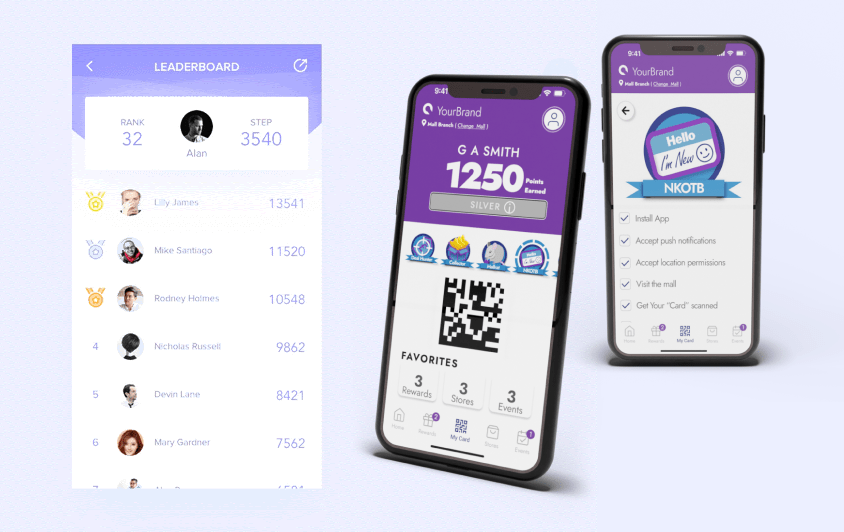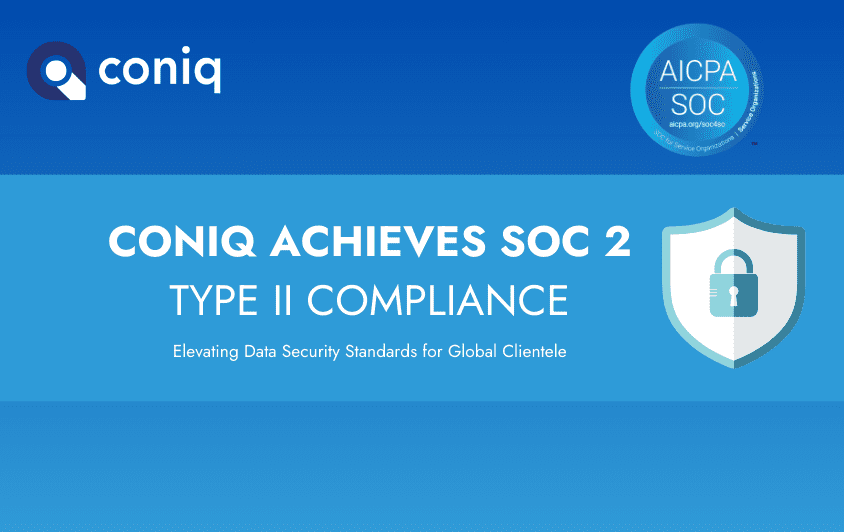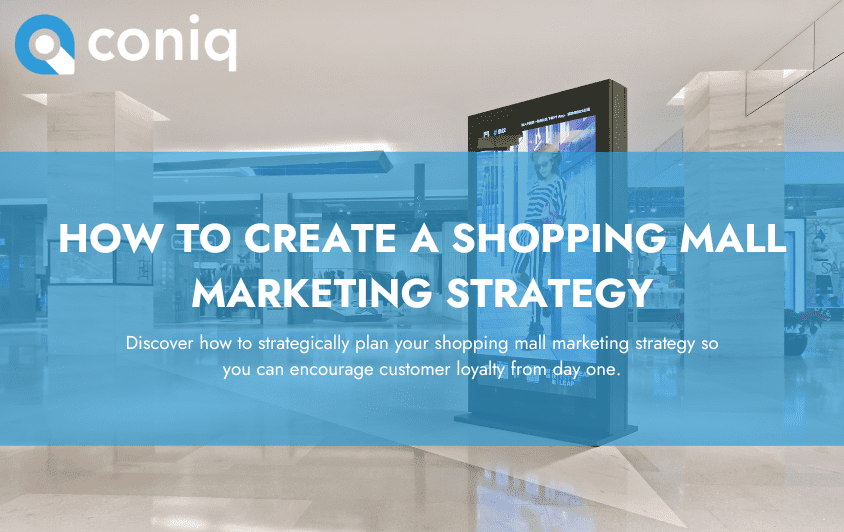Gamification has become a buzzword in the marketing world, and for a good reason. It is a powerful tool that you can use to engage customers, build loyalty, and increase sales. In the context of customer loyalty programs for shopping malls, gamification can be an effective way to attract new customers, encourage repeat visits, and build long-term loyalty.
However, effective implementation of gamification requires more than just adding a few game mechanics to a loyalty program. It requires careful planning, execution, and optimization to align with customer needs and preferences and meet business objectives. In this blog post, we will explore the fundamental principles of gamification in customer loyalty programs for shopping malls and how to apply them effectively.
So What is Gamification?
Gamification is the process of using game design elements and mechanics in non-game contexts to engage and motivate people to perform specific actions or behaviors. It involves applying game mechanics such as points, badges, leaderboards, and challenges to motivate and encourage consumers to participate in activities and loyalty programs.
Understanding Customer Behavior and Motivation for Effective Gamified Loyalty Programs
The first step in creating an effective gamified loyalty program is to understand customer behavior and motivation. This involves analyzing customer data to identify patterns, preferences, and pain points. By understanding what motivates customers to visit the mall and shop at specific stores, shopping malls can tailor their gamified loyalty programs to meet their needs and preferences.
For example, if customers are motivated by discounts and special offers, shopping malls can use gamification to offer personalized discounts and rewards based on their purchase history. Alternatively, suppose customers are motivated by social status and recognition. In that case, shopping malls can use gamification to create leaderboards, badges, and other social mechanics that encourage competition and sharing on social media.
Identifying Clear Goals and Objectives for Successful Gamification
The second step in creating an effective gamified loyalty program is to identify clear goals and objectives. This involves defining what the loyalty program is designed to achieve and how success will be measured. Goals and objectives should be specific, measurable, achievable, relevant, and time-bound (SMART).
For example, a shopping mall might set a goal of increasing customer retention by 20% over the next six months. To achieve this goal, the gamified loyalty program might include personalized rewards and incentives for repeat visits, exclusive discounts for high-value customers, and social mechanics that encourage sharing and referrals.
Designing Engaging Challenges and Rewards for Effective Gamified Loyalty Programs
The third step in creating an effective gamified loyalty program is to design engaging challenges and rewards. This involves creating game mechanics that are fun, challenging, and rewarding for customers. Create challenges to encourage specific behaviors, such as visiting different stores, trying new products, or sharing on social media. Rewards, such as discounts, free products, or exclusive event access, should be attractive and relevant to customers.
For example, a shopping mall might create a scavenger hunt challenge that requires customers to visit specific stores and collect clues. Customers who complete the challenge within a certain timeframe can receive rewards like a free product or an exclusive discount on their next visit.
Real-Time Feedback and Progress
The fourth step in creating an effective gamified loyalty program is providing real-time feedback and tracking progress. This involves using technology to provide customers with instant feedback on their progress and performance. This can include features such as progress bars, points systems, and leaderboards.
For example, a shopping mall might use a mobile app to give customers real-time feedback on their progress toward completing challenges and earning rewards. Customers might receive push notifications when they reach certain milestones or unlock new rewards and be able to track their progress and performance against other customers on a leaderboard.
Personalization and Customization of the Shopping Experience
The fifth step in creating an effective gamified loyalty program is to personalize and customize the customer experience. This involves using customer data to provide personalized recommendations, offers, and rewards. This can be done through features such as AI-powered recommendations, personalized offers based on purchase history, and customized rewards based on customer preferences.
For example, a shopping mall might use AI recommendations to suggest new stores and products that a customer might have an interest in by looking at their purchase history. Alternatively, a customer can choose their own rewards from a list of options that are relevant to their preferences.
Effective Communication and Marketing Strategies for Gamified Loyalty Programs
The sixth step in creating an effective gamified loyalty program is to ensure effective communication and marketing. This involves using multiple channels to communicate with customers and promote the program. This can include email marketing, social media campaigns, in-store signage, and mobile app notifications.
For example, a shopping mall might use email marketing to promote the program and offer personalized incentives to customers who last visited a while ago. Implement social media campaigns to generate buzz around the program and encourage sharing and referrals. Use in-store signage and mobile app notifications to remind customers of ongoing challenges and rewards.
Continuous Optimization and Improvement for Long-Term Success with Gamification
The final step in creating an effective gamified loyalty program is to optimize and improve the program continuously. This involves analyzing customer data, tracking program performance, and adjusting based on feedback and results. This can include A/B testing different game mechanics, tweaking rewards and incentives, and refining communication and marketing strategies.
For example, a shopping mall might use A/B testing to compare the performance of different challenges and rewards. Based on the results, they might adjust the program to focus on the most effective game mechanics and rewards.
The Role of Gamification in Modern Shopping Malls
Gamification is a powerful tool that can be used to create engaging and effective customer loyalty programs for shopping malls. By understanding customer behavior and motivation, identifying clear goals and objectives, designing engaging challenges and rewards, providing real-time feedback and progress tracking, personalizing and customizing the experience, ensuring effective communication and marketing, and continuously optimizing and improving the program, shopping malls can create loyalty programs that drive customer engagement, retention, and loyalty. With careful planning, execution, and optimization, gamified loyalty programs can be a powerful tool for increasing sales and building long-term customer relationships.
At Coniq, we are committed to helping retail destinations create effective and personalized loyalty programs that drive long-term success. Contact us to learn how to implement gamification into your customer loyalty solution.






